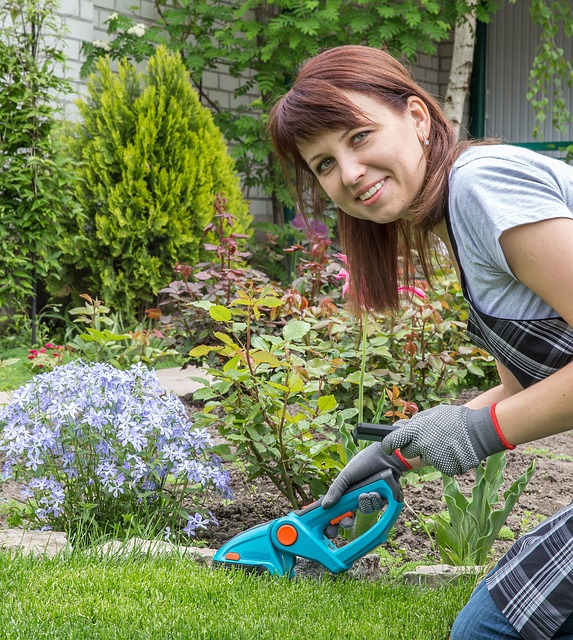Assess your backyard's potential by visualizing a tranquil retreat, entertainment hub, or vibrant garden. Measure and sketch your space, incorporating existing features like trees and structures. Plan for function and flow, deducing areas for relaxation and entertaining. Use natural terrain and sunlight creatively to enhance your backyard layout ideas.
Planning your backyard layout is an exciting endeavor that transforms outdoor spaces into vibrant oases. With practical tips and thoughtful considerations, you can create a sanctuary tailored to your lifestyle and preferences. From assessing your space and defining its purpose to implementing visual aesthetics and practical elements, this guide offers a step-by-step approach to crafting captivating backyard layout ideas. Discover how to maximize your outdoor area, blending functionality with personal expression.
Assessing Your Space
Assessing your backyard space is a crucial first step in creating your dream outdoor oasis. Start by visualizing what you want the overall ambiance to be—a tranquil retreat, an entertaining hub, or perhaps a vibrant garden? Consider the size and shape of your yard; is it long and narrow or wide and open? The natural terrain and existing features like trees, shrubs, and pergolas can inspire unique backyard layout ideas. Take note of any challenges, such as uneven ground, and think about how you can incorporate these into your design rather than seeing them as obstacles.
Measurements are key when planning a backyard layout. Use string to outline potential seating areas, patios, or garden beds to get a real sense of scale. This practical step will help ensure your vision translates seamlessly from concept to reality. Think about the flow of movement within your yard; do you want pathways connecting different areas? Consider the sun’s path throughout the day and how it might impact your space, guiding you in placing seating areas for optimal sunlight or creating shaded retreats.
– Measuring and sketching your backyard
Measuring and sketching your backyard is a crucial first step in any backyard layout planning. Using measuring tape, accurately record the dimensions of your space, noting the location of any existing structures, trees, or shrubs. This data will form the foundation for your design, ensuring that all elements fit harmoniously within the constraints of your yard.
Once you have the measurements, create a simple sketch on paper or use online tools to visualize your backyard. Draw in boundaries, mark out areas for patios, gardens, and play spaces, and consider the flow of movement around your yard. This visual representation will help you explore various layout ideas and make informed decisions about where to place different features, creating a beautiful and functional backyard that suits your lifestyle and enhances your outdoor living experience.
– Identifying existing features and constraints (trees, fences, shade areas)
Before diving into designing your dream backyard layout, take a moment to assess what’s already there. Identifying existing features like mature trees, fences, or existing shade areas can be invaluable. These elements serve as both assets and constraints in your planning process. For instance, that majestic oak tree could become the focal point of your outdoor living space, inspiring the placement of seating areas beneath its branches for relaxing evenings. On the other hand, a fence might dictate the boundary of your backyard layout ideas, guiding where you place different zones like a garden or patio.
Understanding these constraints allows you to work with nature rather than against it. You can enhance existing features, such as incorporating climbing plants along fences for added greenery and privacy. By thoughtfully integrating these elements, you’ll create a harmonious backyard layout that feels both connected to its surroundings and tailored to your specific needs and desires.
– Considering functionality and flow
When planning your backyard layout, it’s crucial to consider functionality and flow. Think about how you and your family will use the space—whether that’s hosting gatherings, relaxing, or enjoying outdoor activities. Incorporate areas for different purposes, like a cozy seating nook for quiet moments, an open gathering area for entertaining, and dedicated spaces for gardening or playing games. This balanced mix ensures your backyard layout ideas are both practical and enjoyable.
For optimal flow, consider the natural movement of people throughout the space. Ensure there’s easy access to different areas, clear paths between them, and enough room for comfortable navigation. Think about the placement of furniture—benches along a winding path, a fire pit at the center of an open area, or a dining set tucked away for private moments. These strategic choices enhance the overall functionality and appeal of your backyard oasis.
Planning a backyard layout is an exciting process that can transform your outdoor space into a functional and inviting area. By taking the time to assess your unique backyard, you can create a design that caters to your needs and preferences. From measuring and sketching to considering existing features and functionality, each step guides you towards crafting the perfect backyard layout ideas. Embrace creativity, think about how you want to use the space, and don’t be afraid to experiment with different arrangements. With these practical tips in mind, you’re well on your way to designing a stunning and practical backyard oasis.
